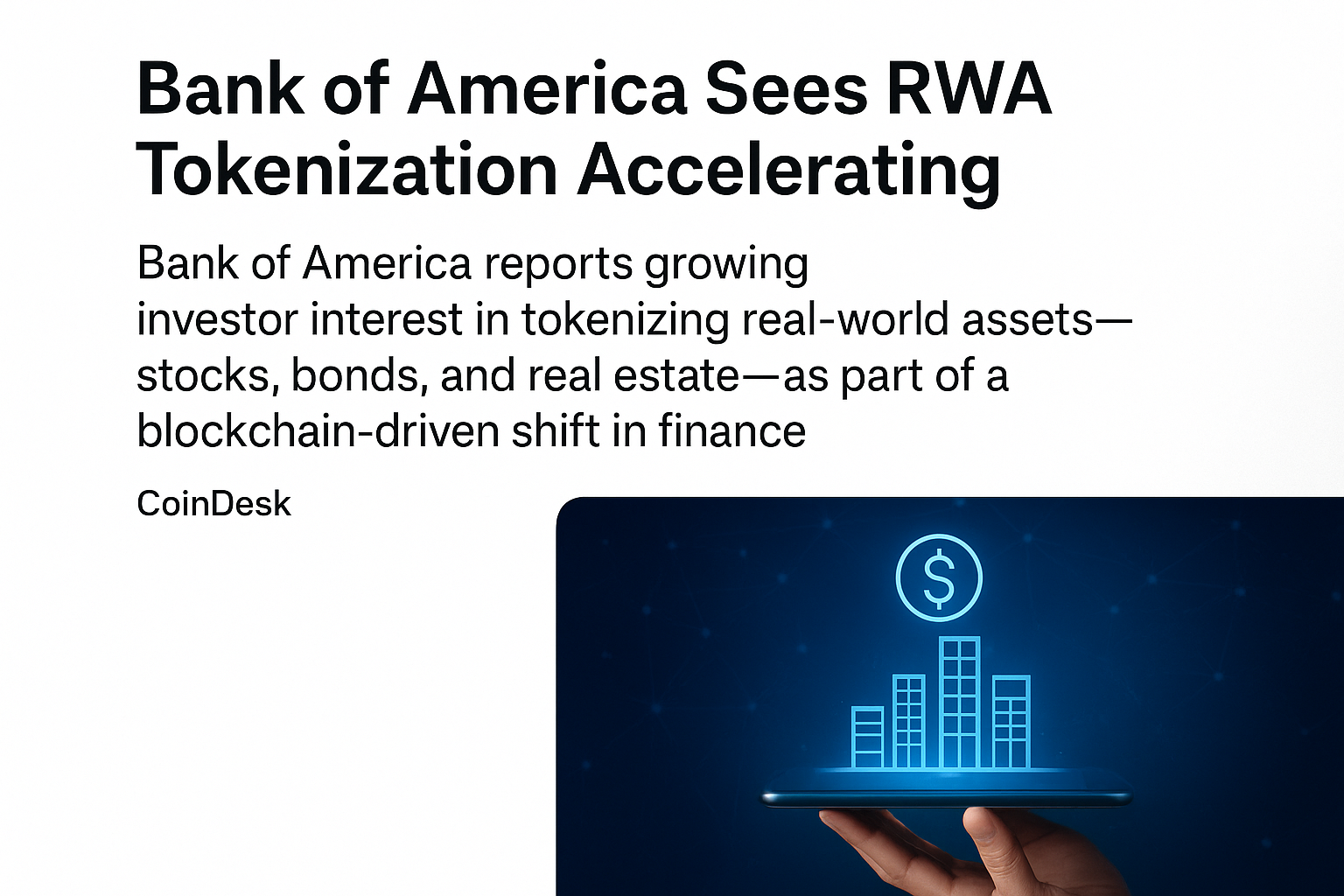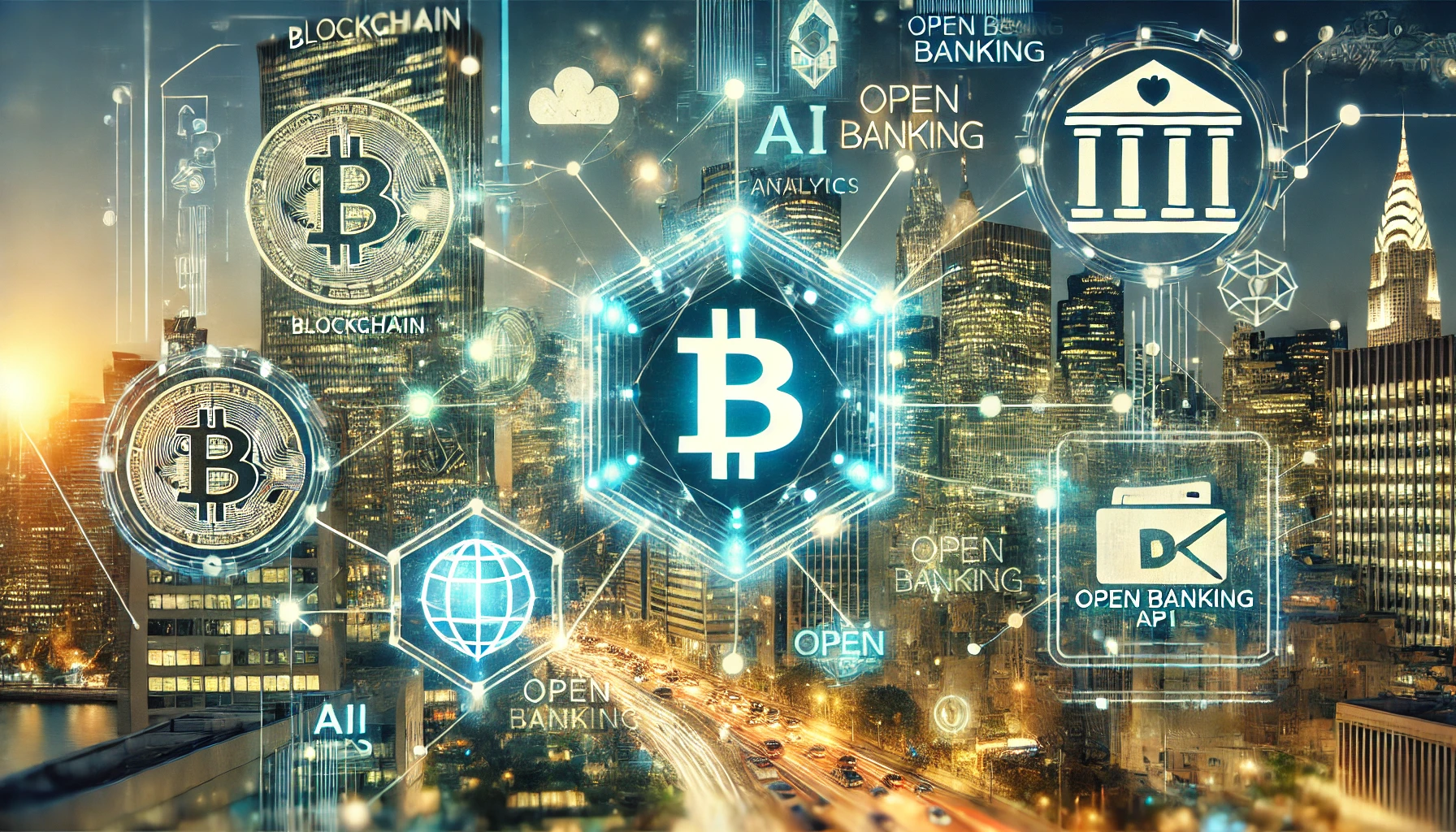Artificial intelligence and blockchain are no longer running on parallel tracks—they’re converging fast. In 2025, AI-focused crypto projects have emerged as some of the most compelling narratives in the digital asset space. Coins like Bittensor (TAO), Fetch.ai (FET), and Render Token (RNDR) are leading the charge, drawing attention for their ability to decentralize AI model training, optimize resource allocation, and enable autonomous computing at scale.
Why are these tokens surging now?
-
Decentralized AI training: Traditional AI models are trained on massive datasets controlled by tech giants. Bittensor flips this model by rewarding contributors who provide computing power and data, creating a truly open-source ecosystem for machine intelligence.
-
Autonomous agent frameworks: Fetch.ai’s network of self-operating agents lets devices, services, and systems transact automatically, paving the way for machine-to-machine economies.
-
Rendering for the AI era: Render Token taps distributed GPU networks to power 3D content and AI workflows, cutting costs and increasing efficiency for developers and creatives.
This year alone, the AI-crypto sector’s market cap has exploded, reflecting both investor enthusiasm and real-world adoption. As enterprises seek cheaper, more scalable AI solutions, decentralized platforms are proving they can compete with centralized cloud providers—while offering transparency and fairer incentives.
The growth also reflects a broader shift toward Web3-native AI, where no single company controls the infrastructure or the outputs of machine learning models. This democratization has implications far beyond crypto trading: it could define how future AI applications are built, shared, and monetized.
Looking ahead, experts expect AI-crypto integration to deepen as token incentives align with global demand for computation. However, regulatory clarity, scalability, and real-world partnerships will determine whether today’s leaders can hold their momentum.




